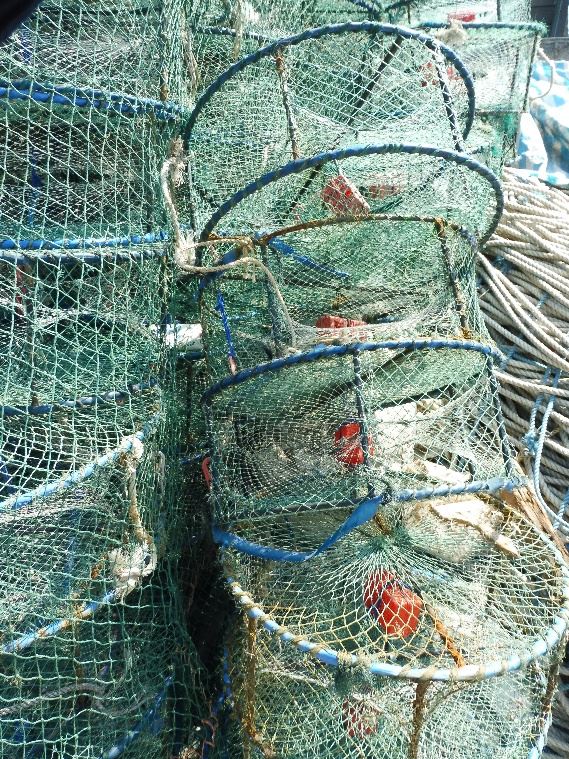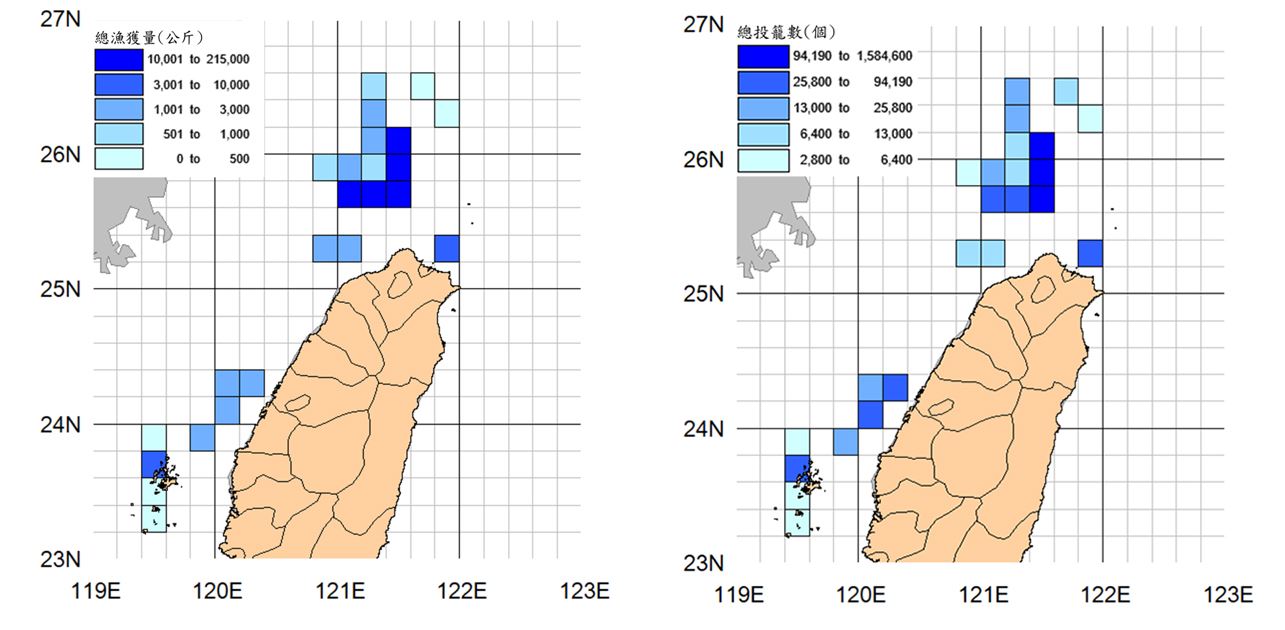Since 2012, crabs caught in the northern coast of Taiwan have been marketed under the Wanli crab brand, which is popular among local consumers and has high economic value. Recently, fishermen have been under increasing pressure to meet the growing demand for Wanli crabs. Therefore, the Fisheries Research Institute (FRI, Council of Agriculture, Executive Yuan) conducted a three-year long study, through which preliminary results pertaining to the monitoring of Wanli crab resources have been achieved. Going forward, the TFRIN will provide assistance for the sustainable development and resource conservation of the Wanli crab industry, thereby achieving a win-win scenario.
According to the FRI, Wanli crabs consist of the red-spotted swimming crab (Portunus sanguinolentus, known colloquially as the three-spot crab), the crucifix crab (Charybdis feriatus, known colloquially as the flower crab), and the ridged swimming crab (C. natator, known colloquially as the rock crab). At present, there are approximately 50 crab fishing vessels equipped with cages operating around the northwest fishing ground. In 2014, the Council of Agriculture promulgated the Measure on Controlling Crab Catches in the Coastal and Offshore Fisheries, which opened up a new era in the management of crab fisheries. However, such measures have to be flexibly revised based on scientific survey data. Based on the needs of industrial sustainability and resource conservation, the TFRIN has been surveying the resources and breeding and industrial conditions of the three Wanli crab species since 2017, so as to serve as a reference for the modification of the control measures regarding crab catches.
The FRI survey results indicate that the northern crab fishery industry’s crab season usually starts in August and ends in January of the following year, which overlaps with the existing ban period for fishing spawning crabs (August 16 to November 15) and the Wanli crab season (August to December). Hence, long-term monitoring is required for the sustainable utilization of crab resources, so as to avoid a reduction in resources due to overfishing. With regard to crab catch sizes, the FRI has continuously performed analyses on the carapace width of and reproduction of specimens of the three crab species. In the future, we shall focus on the modification of control measures, which will not only provide opportunities for the crabs to grow and reproduce, but also allow for a balance to be established by minimizing the impact on fishermen’s income and maximizing conservation efforts. The simulation results of the assessment of various fishery production and conservation measures could serve as an important reference for crab fishing management, as well as for determining total catch stipulations.
In addition, even though most crab fishing vessels in Taiwan’s northern region operate in the northwest fishing ground, some of these vessels will venture out to the offshore regions of Taichung and Penghu in the spring and summer. Therefore, the FRI is planning to cooperate with other academic institutions to analyze the associations among the crab populations in the offshore regions of northern Taiwan, Penghu County, and southwestern Taiwan. As a result, the feasibility of developing management measures that adapt to various fishing areas and fishing methods can be assessed.
The FRI has stressed that even though fishery management plans are often regarded as tactics that limit the economic gains of fishermen, proper measures will ensure the sustainable utilization of resources, which in turn will stabilize these fishermen’s income. Going forward, the TFRIN will continuously seek solutions through industrial operations and resource surveys, so as to lend a hand in achieving sustainable fishery operations.

Figure 1 The main species of Wanli crabs (from left to right): Red-spotted swimming crab, crucifix crab, ridged swimming crab.

Figure 2 Crab cage used in northern Taiwan fisheries.

Figure 3 Main catchment areas (left) and operation areas (right) of crab fishing vessels in northern Taiwan from 2016 to 2018.